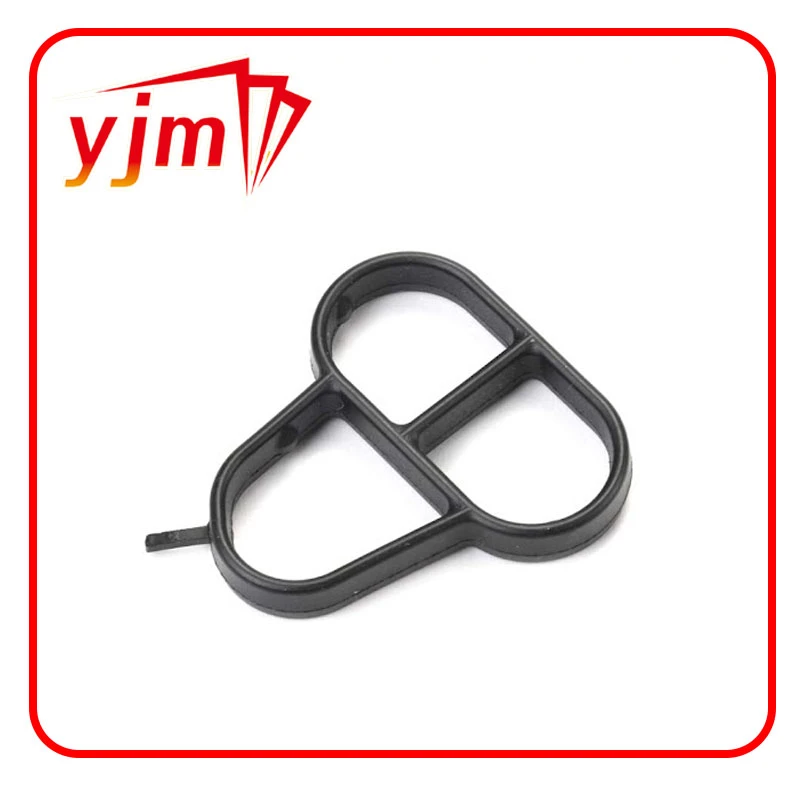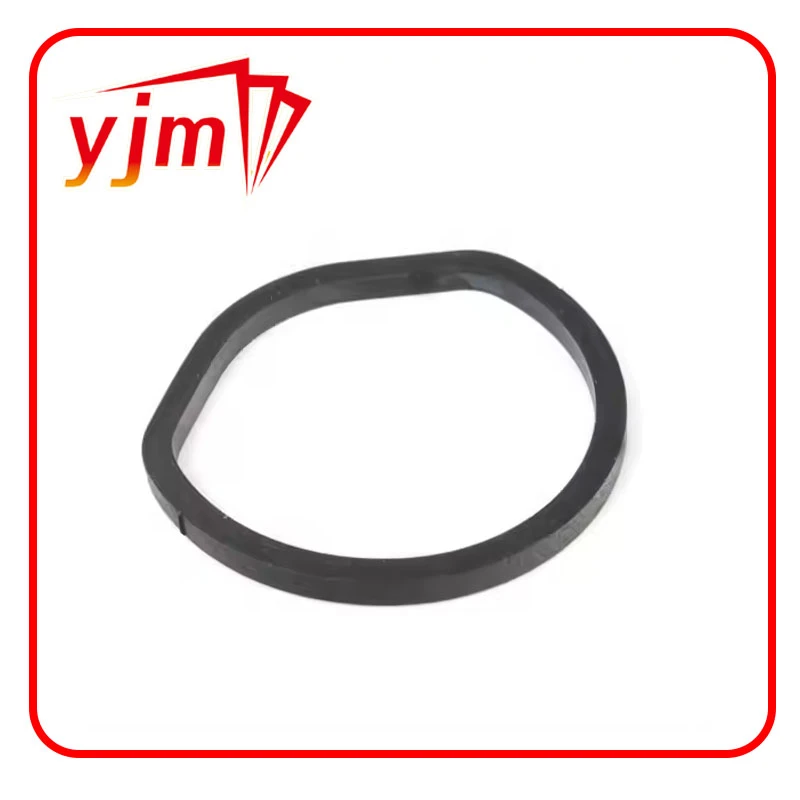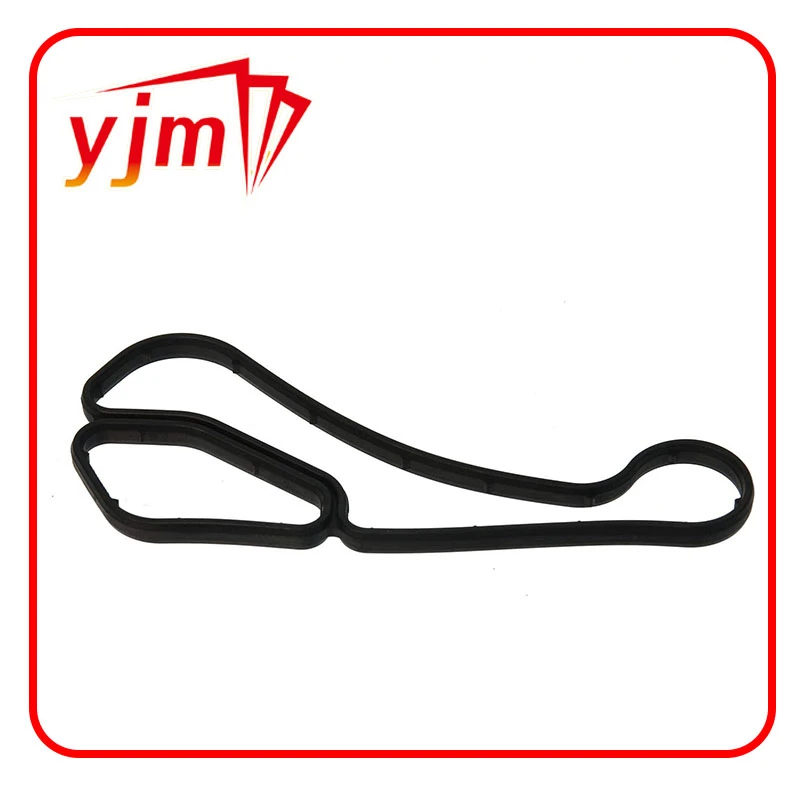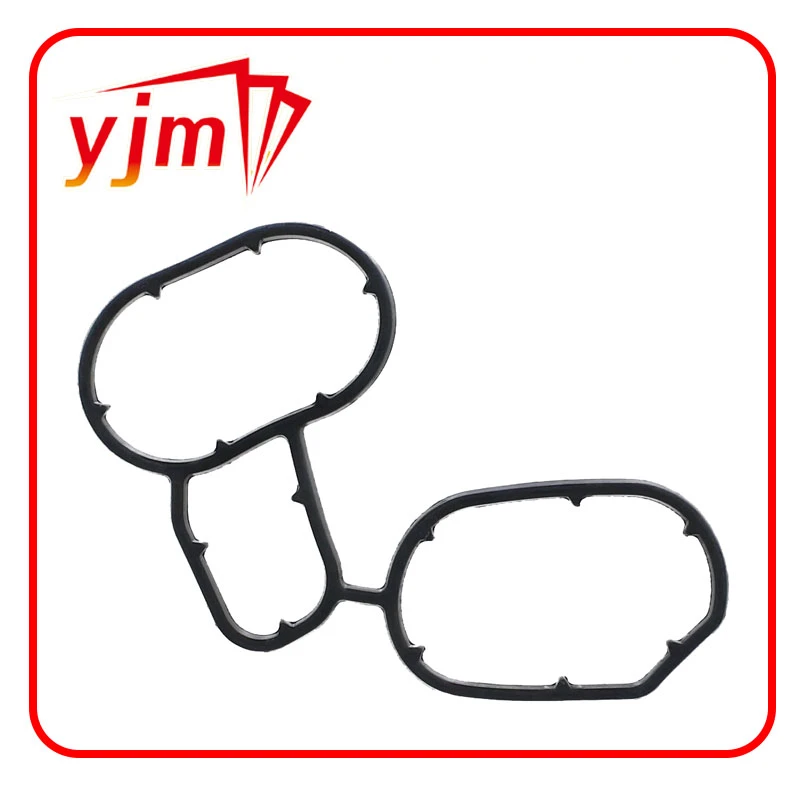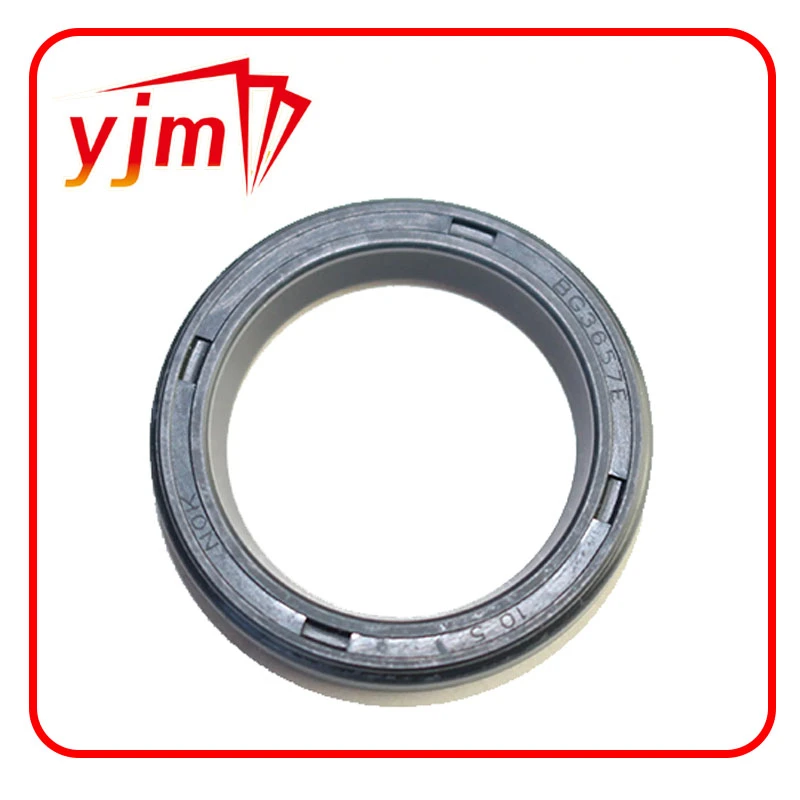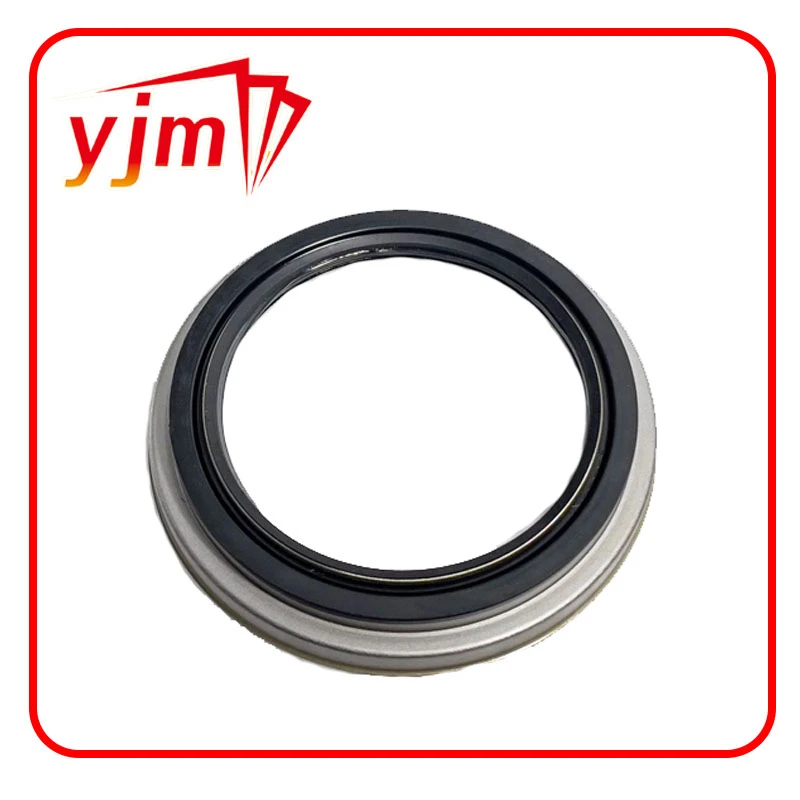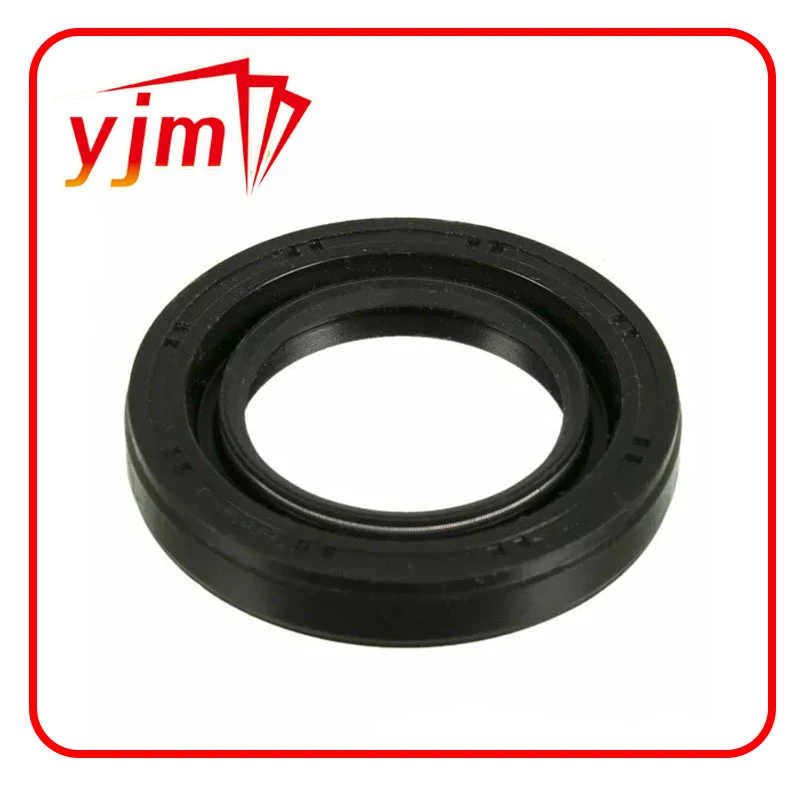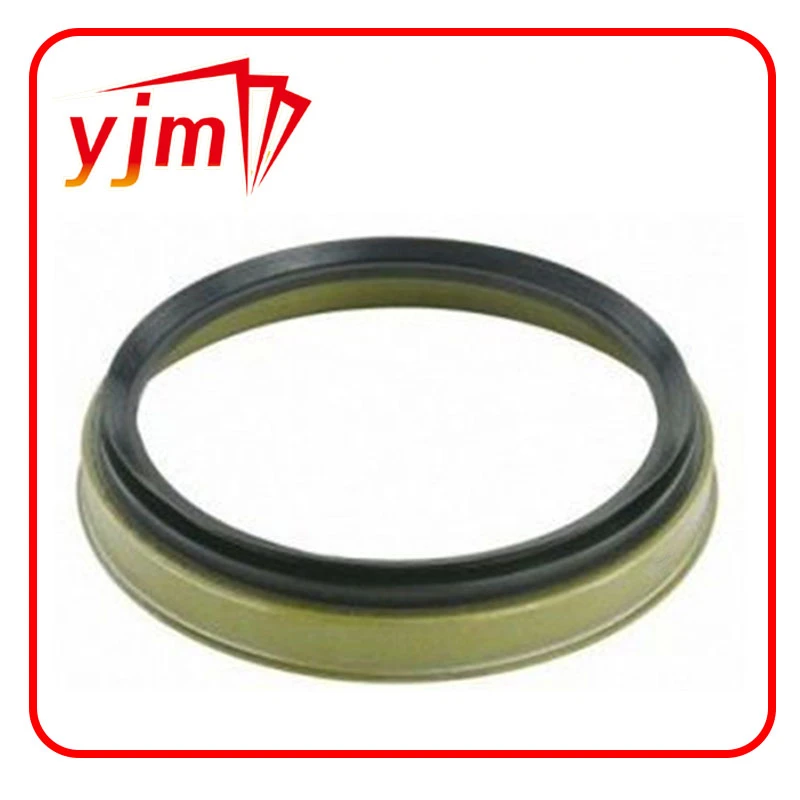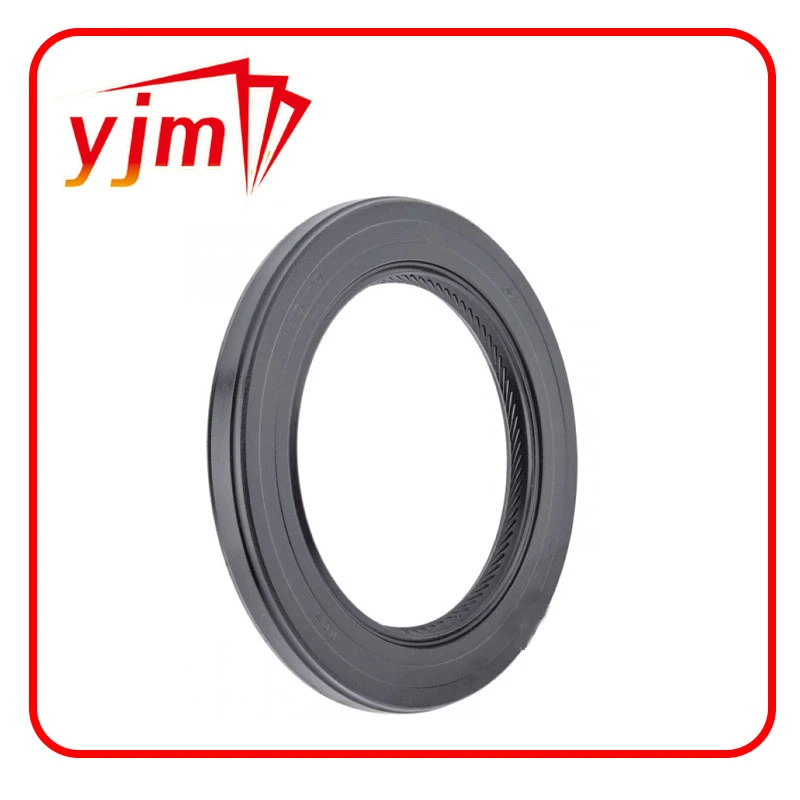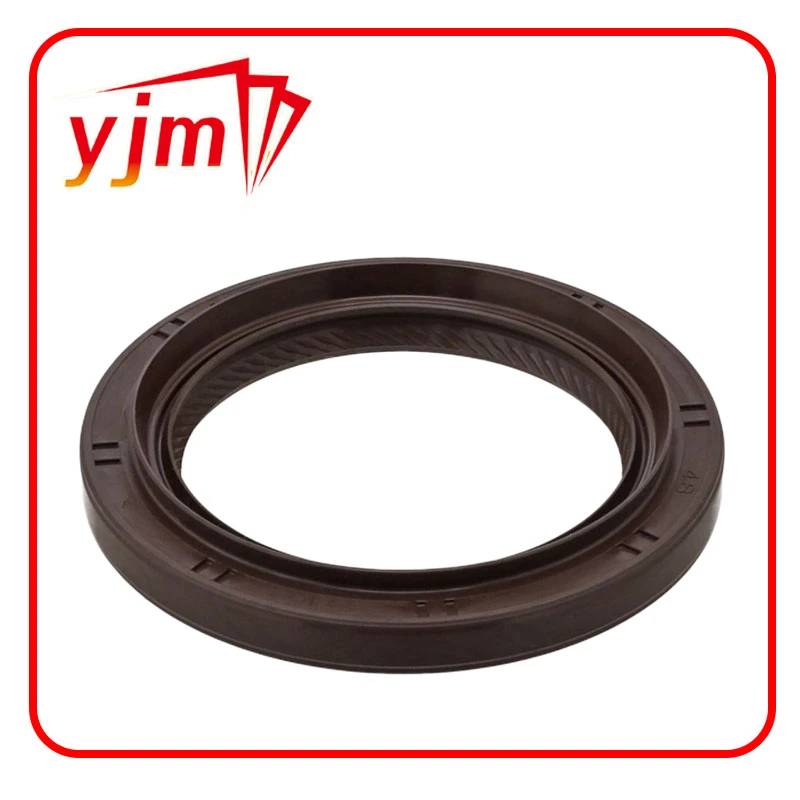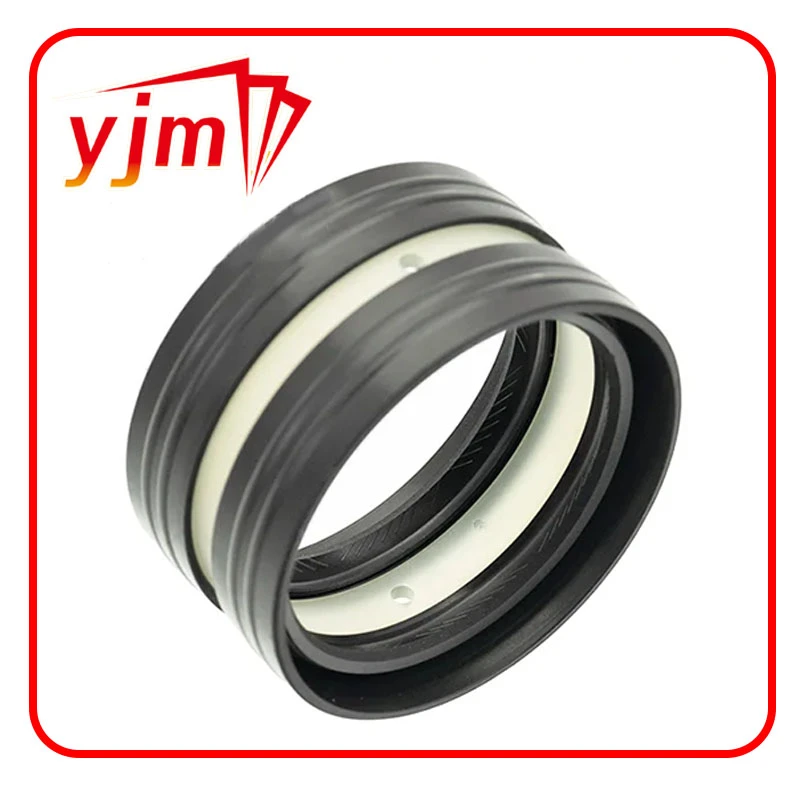manual transmission output shaft seal
Understanding Manual Transmission Output Shaft Seal
The output shaft seal is a crucial component of manual transmission systems in vehicles. It is designed to prevent the leakage of transmission fluid from the transmission casing, which is essential for maintaining optimal performance and protecting the internal components of the transmission. This article will delve into the importance of the output shaft seal, common issues associated with it, and tips for maintenance or replacement.
Importance of the Output Shaft Seal
The output shaft seal plays a vital role in the functioning of a manual transmission. It is located where the output shaft exits the transmission housing, creating a barrier that keeps transmission fluid contained. This fluid lubricates the gears and bearings within the transmission, ensuring smooth operation and reducing friction. If the seal is compromised, it can lead to fluid leaks, resulting in low fluid levels that can cause severe damage to the transmission over time.
Common Issues
One of the most frequent issues associated with the output shaft seal is wear and tear. Over time, factors such as heat, pressure, and the nature of the transmission fluid can cause the seal to deteriorate. This deterioration may lead to symptoms such as fluid pooling underneath the vehicle or a noticeable decrease in transmission performance. Drivers may also experience difficulties in shifting gears smoothly, which can be attributed to low fluid levels owing to seal failure.
manual transmission output shaft seal

Additionally, faulty installation during previous maintenance or repair work can also contribute to seal problems. If the seal is not properly seated or is damaged during installation, it can lead to premature failure. Regular inspection and maintenance of the transmission system can help prevent these issues from escalating.
Maintenance and Replacement
To ensure the longevity of the output shaft seal, it is essential to conduct regular maintenance checks on the manual transmission. Inspecting for signs of fluid leaks, checking fluid levels, and looking for any unusual noises or behaviors while driving can help detect problems early on. If a leak is identified, it is advisable to address the issue promptly to prevent further damage.
If the output shaft seal does need to be replaced, this task typically requires specialized knowledge and tools. It is recommended to seek assistance from a professional mechanic who can ensure the job is done correctly. During replacement, it is also beneficial to inspect other components of the transmission, such as bearings and shafts, to ensure they are in good condition, as they may be contributing to the issue.
Conclusion
In summary, the output shaft seal is an important component of a manual transmission that plays a crucial role in maintaining fluid containment and overall transmission health. Regular inspections and timely replacements can help avoid more extensive repairs in the future, ensuring a smooth and reliable driving experience. By understanding and caring for this vital part of the transmission, drivers can prolong the life of their vehicle’s manual transmission system.
-
The Ultimate Guide to Car Repair Kits: Tools and Essentials Every Driver Should Own
News Aug.01,2025
-
The Complete Guide to Oil Pan Gaskets: Sealing Engine Leaks the Right Way
News Aug.01,2025
-
Preventing Oil Leaks: A Complete Guide to Oil Pan Gaskets and Drain Seals
News Aug.01,2025
-
Everything You Need to Know About Oil Pan Gaskets and Drain Plug Seals
News Aug.01,2025
-
Essential for Car Owners: How to Use a Car Repair Kit to Deal with Minor Breakdown
News Aug.01,2025
-
Comprehensive Guide to Engine Oil Sump Gaskets and Related Seals
News Aug.01,2025
-
The Ultimate Guide to Boat Propeller Bearings and Trailer Wheel Bearings
News Jul.31,2025
Products categories

